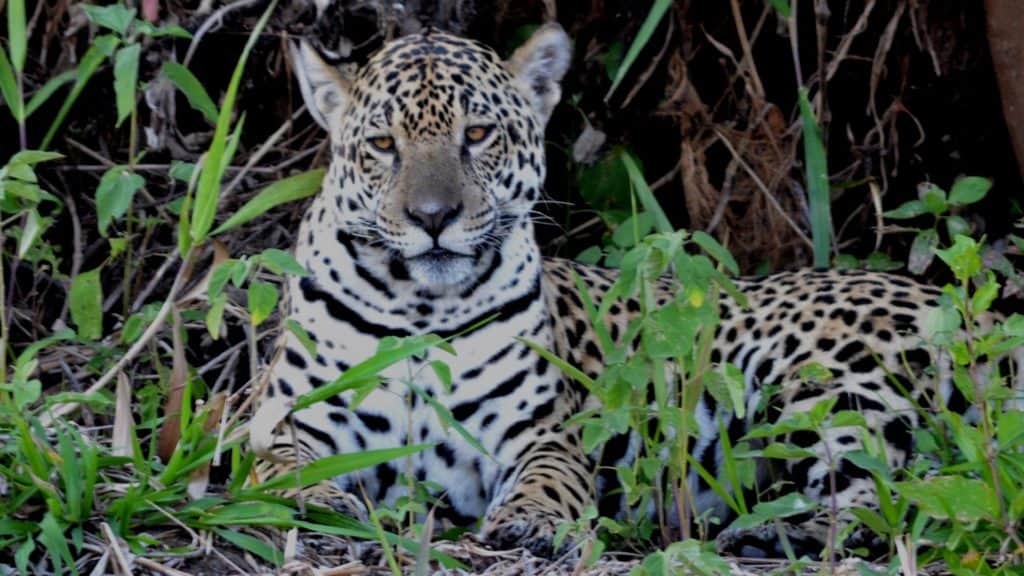Brazil's Pantanal
Brazil's Pantanal:
Jaguars and Wetlands Wildlife
- Jaguar – the Western hemisphere’s largest cat
- Six smaller cats including ocelot
- Giant otter (top highlight for many!) and Neotropical otter
- Giant anteater and lesser anteater (Tamandua)
- Five species of armadillo
- Tapir – South America’s heaviest animal
- Five species of primates including black howler monkeys
- Capybara – world’s largest rodent
- 35 million caiman (South American crocodiles)
- Anaconda – among the world’s longest snakes
- Hyacinth macaw – the world’s largest parrot
- Jabiru storks, five species of kingfisher, and more than a dozen species of heron patrol the waters.
- Forty species of raptors have been documented, including black-collared hawks that catch fish and comical burrowing owls
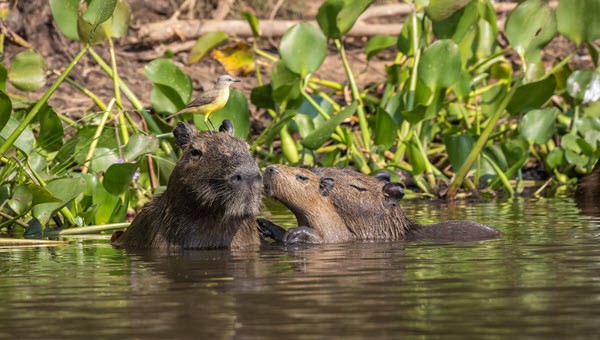
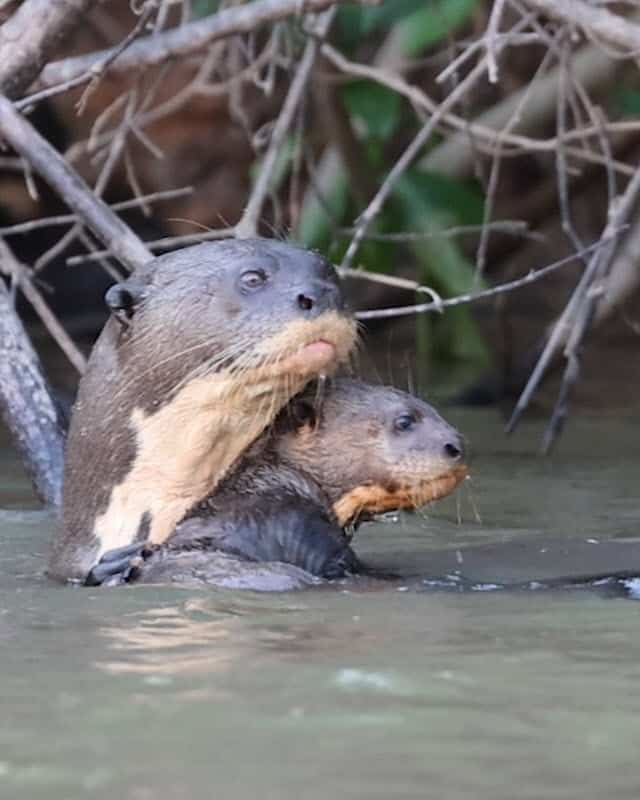

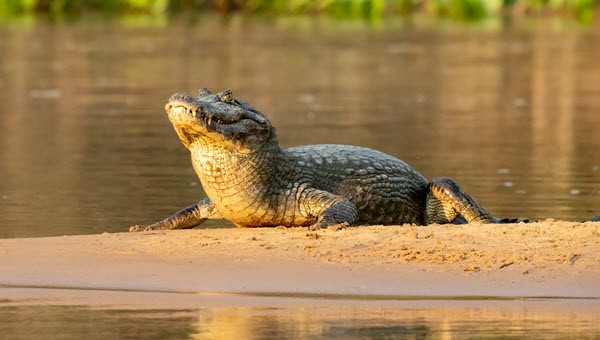
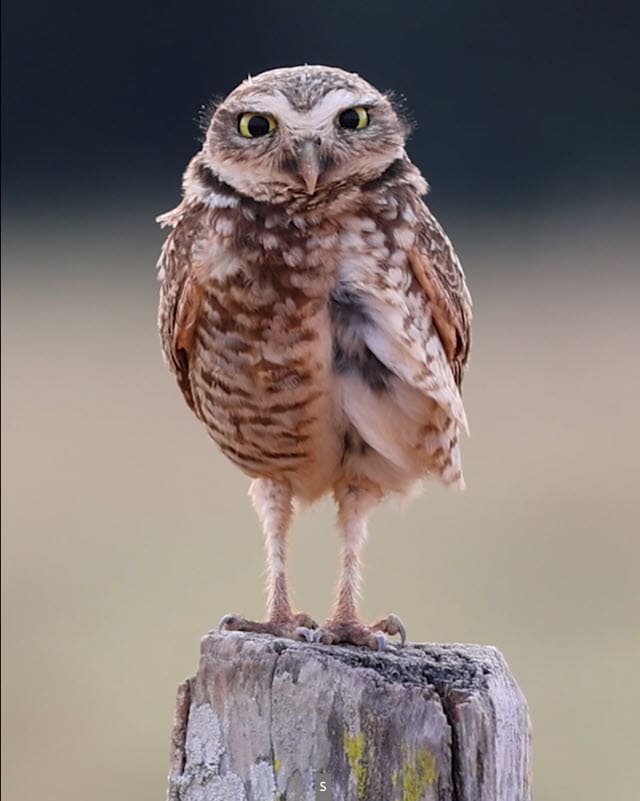
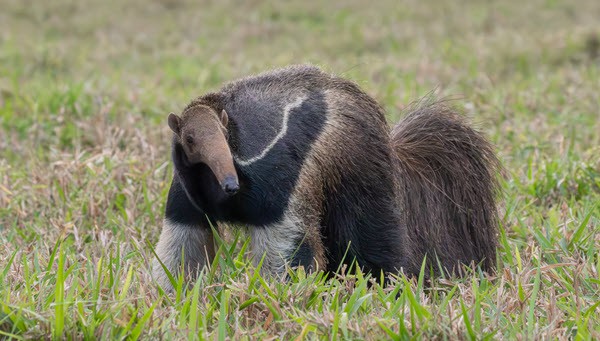
Top Pantanal Safari Locations
Brazil Sample Safaris
Realm of the Jaguar with Ocelot Research – Brazil’s Pantanal – 2024 Group Trip
Brazil’s Pantanal has an unrivaled claim as South America’s top wildlife viewing region. In fact, many say it’s the top wildlife area outside of Africa. Pantanal is the world’s largest wetland, a staggering ten times the size of the Everglades and fifteen times the size of the famed Okavango Delta. Like Botswana’s Okavango there is a fantastic variety of habitats including wetlands, savanna, riverine gallery forests, and cerrado (forested savanna). A number of rivers form the lifeblood of the Pantanal, and these have become reliable areas for sighting jaguars. During our time of travel there is an astounding 95% daily success rate along the rivers for observing the world’s third largest cat.
Pantanal Vs. African Safari Comparison
Pantanal Safari Regions

Amolar Mountains
Serra do Amolar (Amolar mountain range) is a remote destination in the far west area of Pantanal, close to the border between Brazil and Bolivia. The unique landscape, where mountains surround and protect wetlands, crystal-clear rivers and an amazing biodiversity, is still unknown to many Brazilians.
This is an exceptionally beautiful landscape seen by very few tourists. Here the giant water lilies are only one of the marvelous natural wonders to be observed.
When the pinnacle predator – jaguar – is so successful it is a great indicator of the overall richness of the natural world. While we put emphasis on finding jaguars there is exceptional (some of the best in the world) birdlife, and the riverside environment is ideal for tapir (biggest animal in South America), giant otters, capybara, caiman, anaconda, and much more.
In Amolar we explore the Acurizal Private Reserve, including a 6 km one-way walk that is on a flat terrain scenic trail through open fields and lush woodlands offering the possibility of sighting the rare Titi monkey, as well as capuchin monkeys and a diverse array of birds and butterflies. We also explore the Acurizal Bay with sit-on-top kayaks.

Cuiaba
The jumping off point for your Pantanal safari. Cuiabá is a city on the banks of the River Cuiabá and the capital of the central Brazilian state Mato Grosso. It’s known as a gateway to the wetlands of the Northern Pantanal.

Porto Jofre

Sao Paolo
São Paulo is a cosmopolitan city and the financial center of Brazil. It is a “melting pot” city and home to the largest Japanese, Italian, Portuguese and Arab communities in Brazil. They all play an important role in the culture, tradition and gastronomy the city lives for and about. There is something for everyone: word-renowned and chef-awarded restaurants, casual graffiti street art, contemporary art galleries or historical museums, old and new architecture existing together, food and street markets, upmarket boutiques selling the world’s top brands, hipster neighborhoods, 24/7 entertainment, healthy bodies exercising in parks spread along the city, football stadiums experiences for the soccer fans, and more.

